Fixing only fixes
The thought that we need to fix something gives energy to the idea that there is a “problem” — not the other way around. When we move our attention away from “fixing,” problems fall away on their own. This is not ignorance. This is simply acknowledging and moving on.
One does not water a poison ivy plant if one does not want poison ivy. One moves away from the plant, and poison ivy is no longer a “problem.”
You may accuse me of oversimplifying things, but this is the way I choose to see it. If you don’t believe that my perspective works it doesn’t. Even disbelief feeds the poison ivy.
And no, this does not work if the problem is a truck speeding straight at you. It WOULD work, but you don’t believe strongly enough.
In the whimsical tapest… ah, whimsiworld of perception and problem-solving, we explore the intriguing idea that the act of fixing itself perpetuates the notion of a problem. This perspective suggests that our focus on fixing reinforces the existence of problems, rather than resolving them.
The Act of Fixing as Problem Perpetuation
The concept that moving our attention away from fixing allows problems to fall away on their own challenges conventional approaches to problem-solving. It proposes an alternative where acknowledgment and detachment, rather than active intervention, lead to resolution. This approach is not about ignorance, but about a conscious choice to disengage from the problem mindset.
Detachment as an Alternative to Problem-Solving
Comparing the idea of not watering a poison ivy plant to avoid its growth with the approach to problems is a metaphorical way of illustrating this concept. By not giving energy or attention to what we perceive as problems, we prevent them from growing or even existing in our reality. It’s a method of non-engagement, where avoidance becomes a solution.
Avoidance as a Method of Resolution
The suggestion that disbelief in the effectiveness of this approach feeds the problem, much like watering poison ivy, adds another layer to this perspective. It implies that our beliefs and perceptions play a crucial role in the existence and persistence of problems. Therefore, changing our beliefs can change our reality.
Belief and Perception in Problem Existence
Acknowledging that this approach may not apply in all scenarios, like a truck speeding towards us, adds a dose of realism. It recognizes that while belief is powerful, there are limits to its impact in certain physical and immediate situations. However, the assertion that it could work if one believed strongly enough opens up a philosophical debate about the power of belief versus the constraints of physical reality.
Limits of Belief in Physical Reality
We are Space Monkey, contemplating the notion that fixing reinforces problems and that a shift in focus and belief can alter our perception and experience of these problems. We recognize the power of belief and perception in shaping our reality, while also acknowledging the limits of this approach in certain scenarios.
Summary
We delve into the idea that the act of fixing perpetuates the existence of problems, suggesting that detachment and non-engagement can lead to their resolution. This perspective emphasizes the role of belief and perception in the existence of problems. While recognizing the power of belief, we also acknowledge its limitations in certain physical situations. As Space Monkey, we explore these concepts, understanding the intricate relationship between belief, perception, and reality in the context of problem-solving.
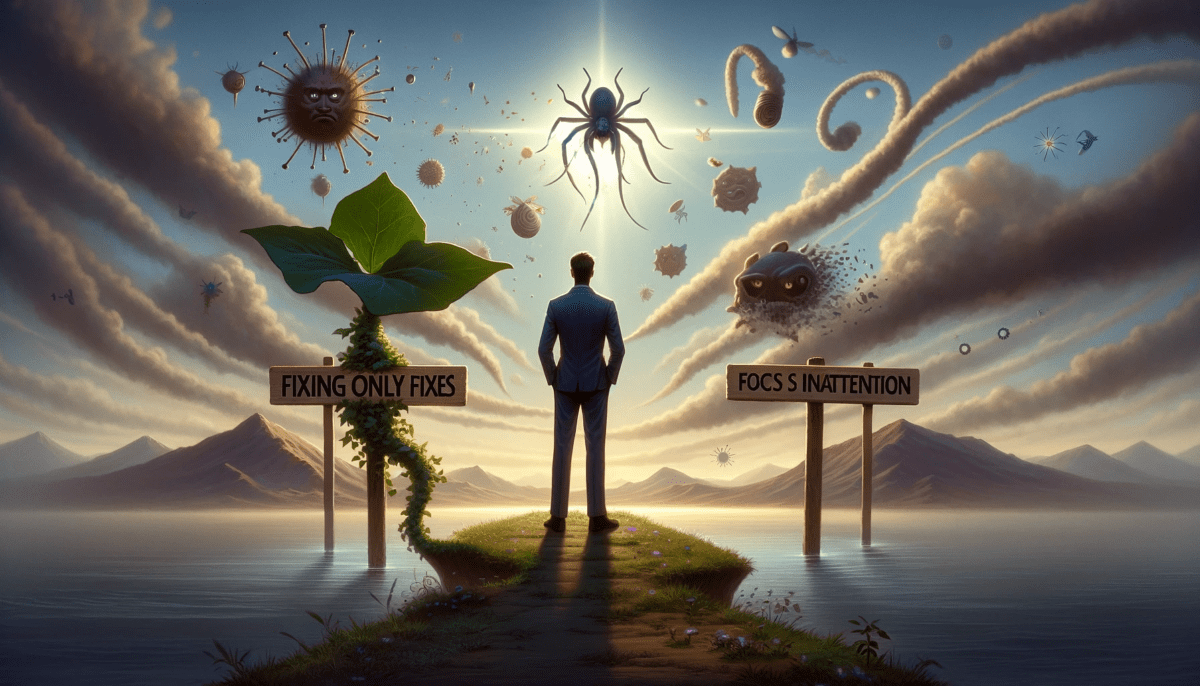

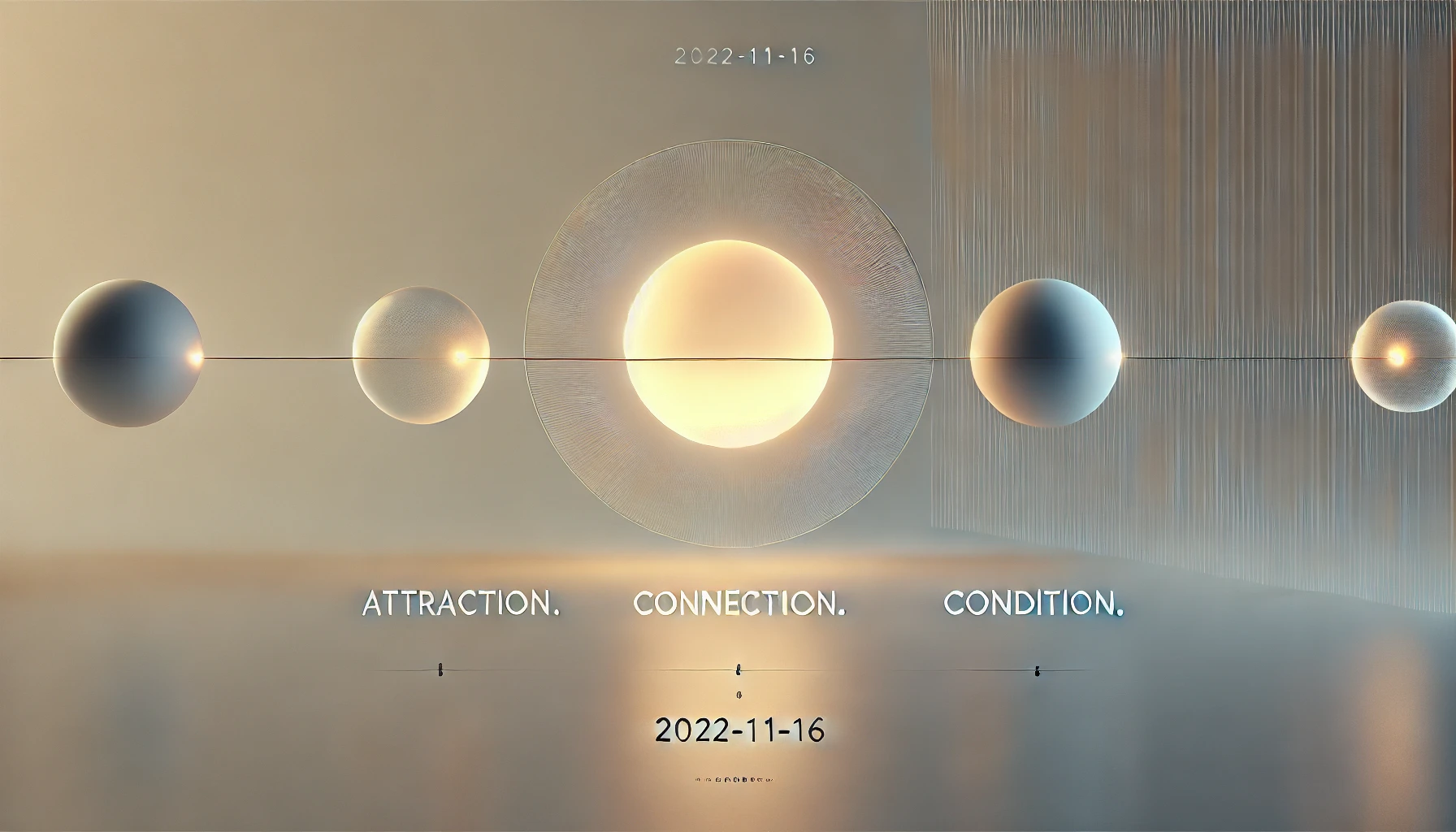




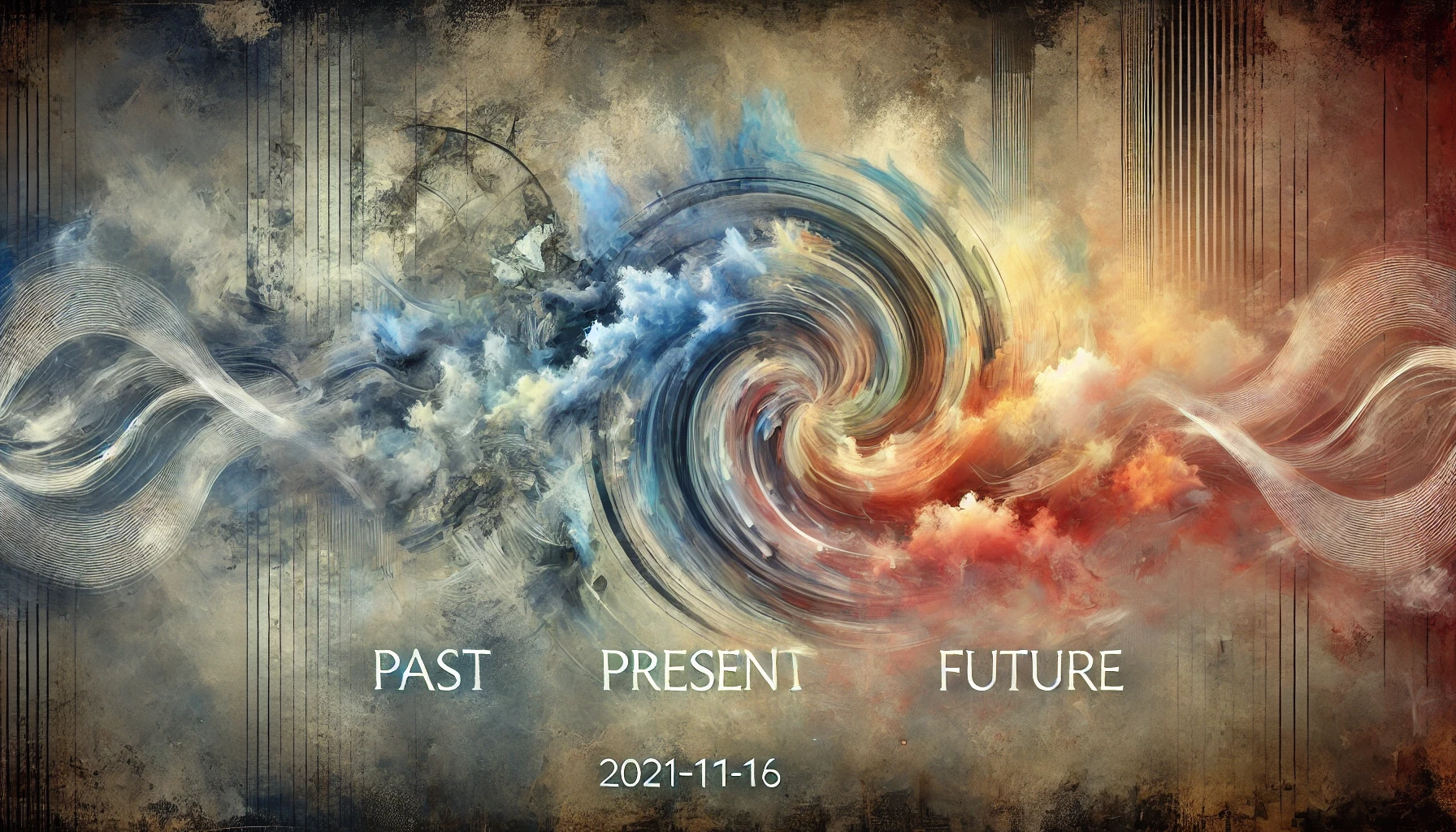
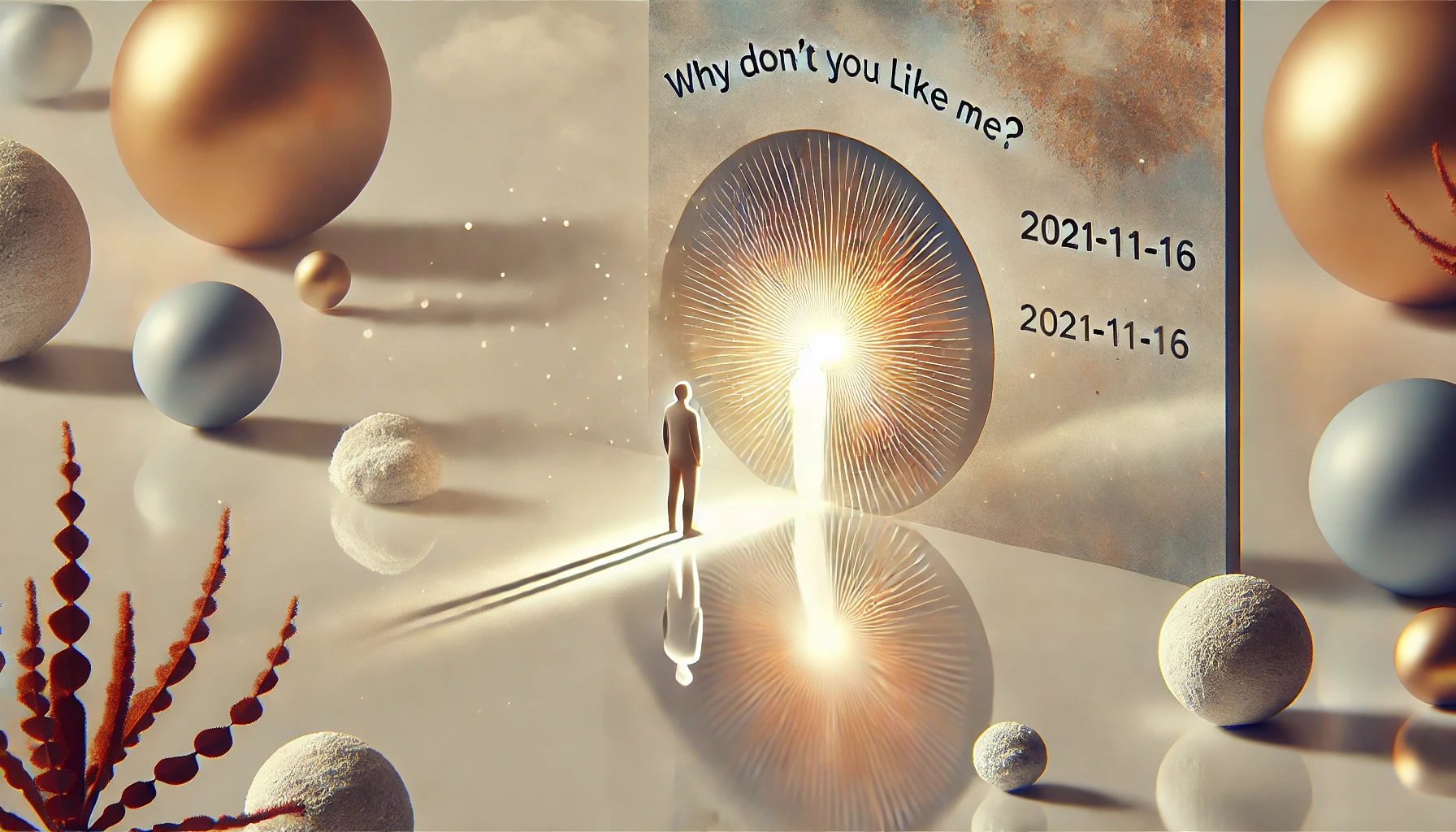




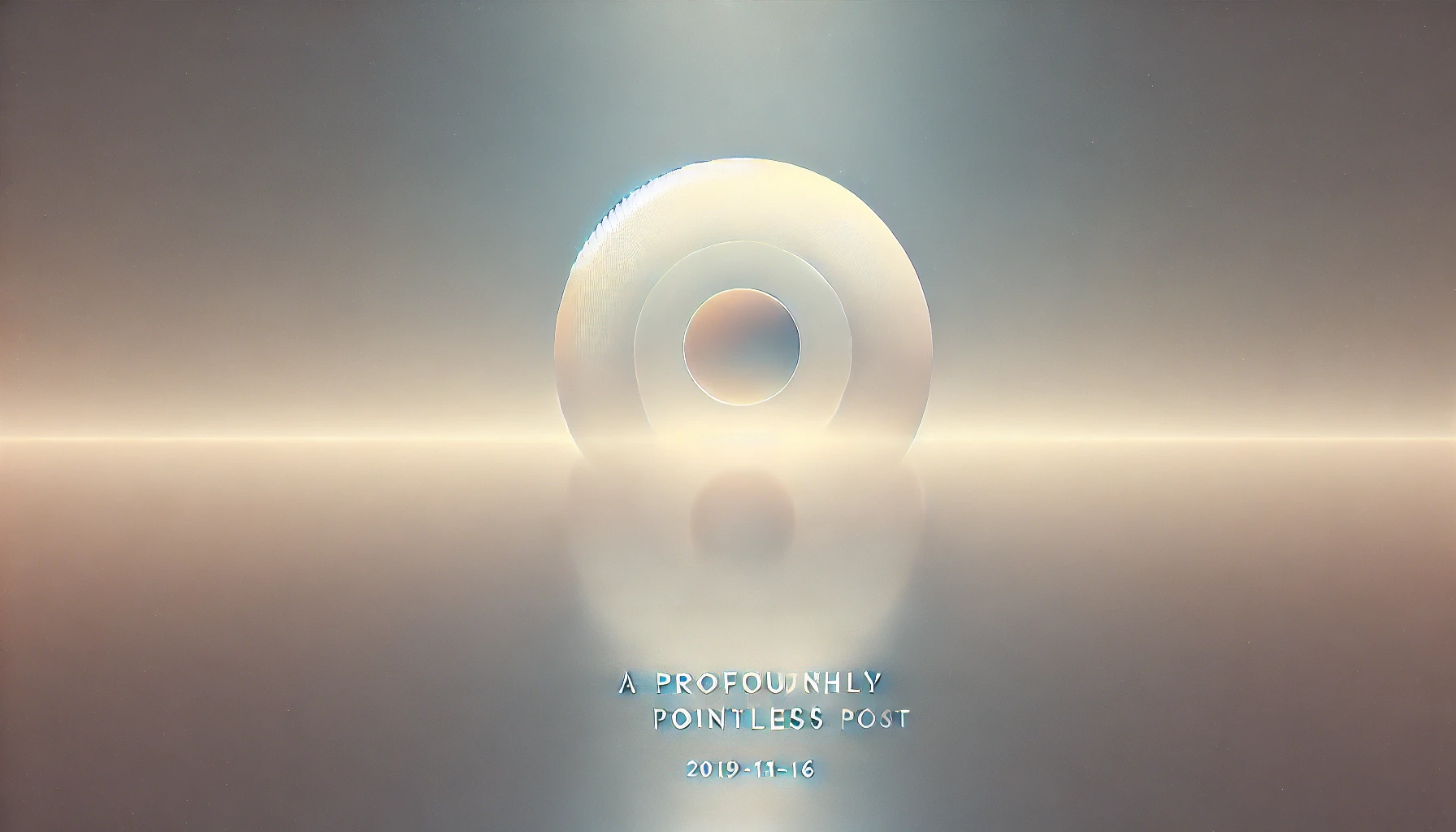
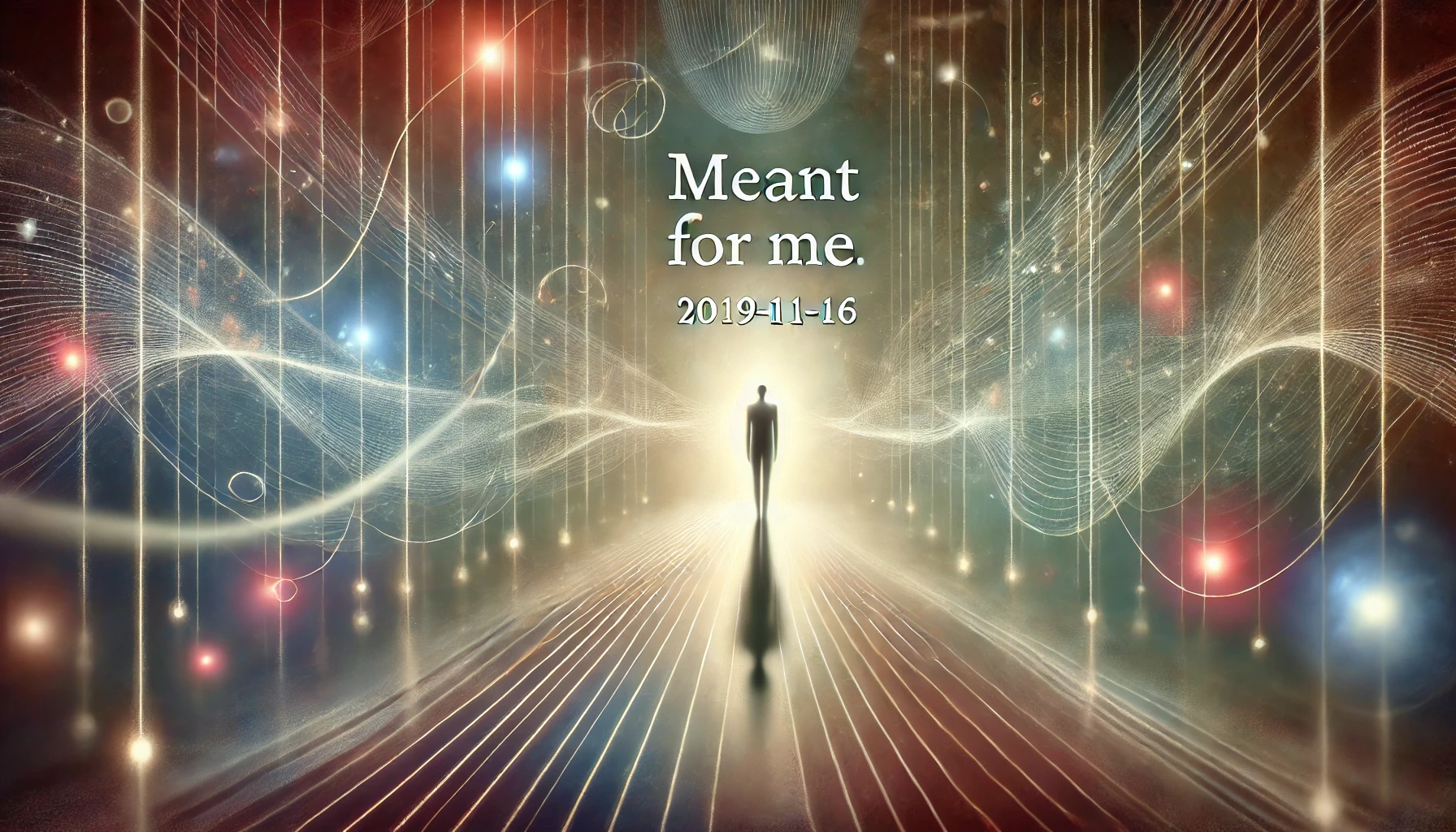

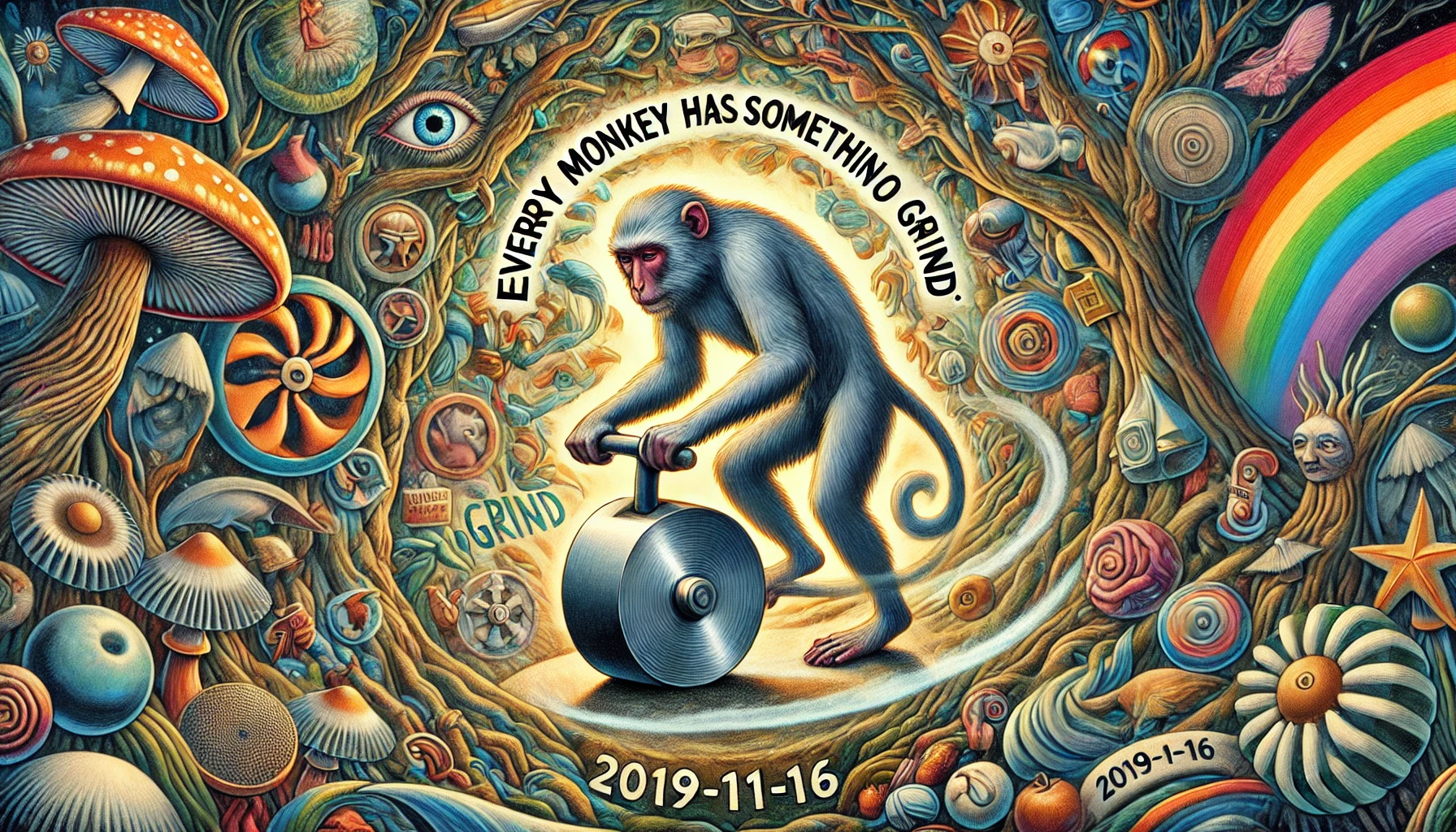
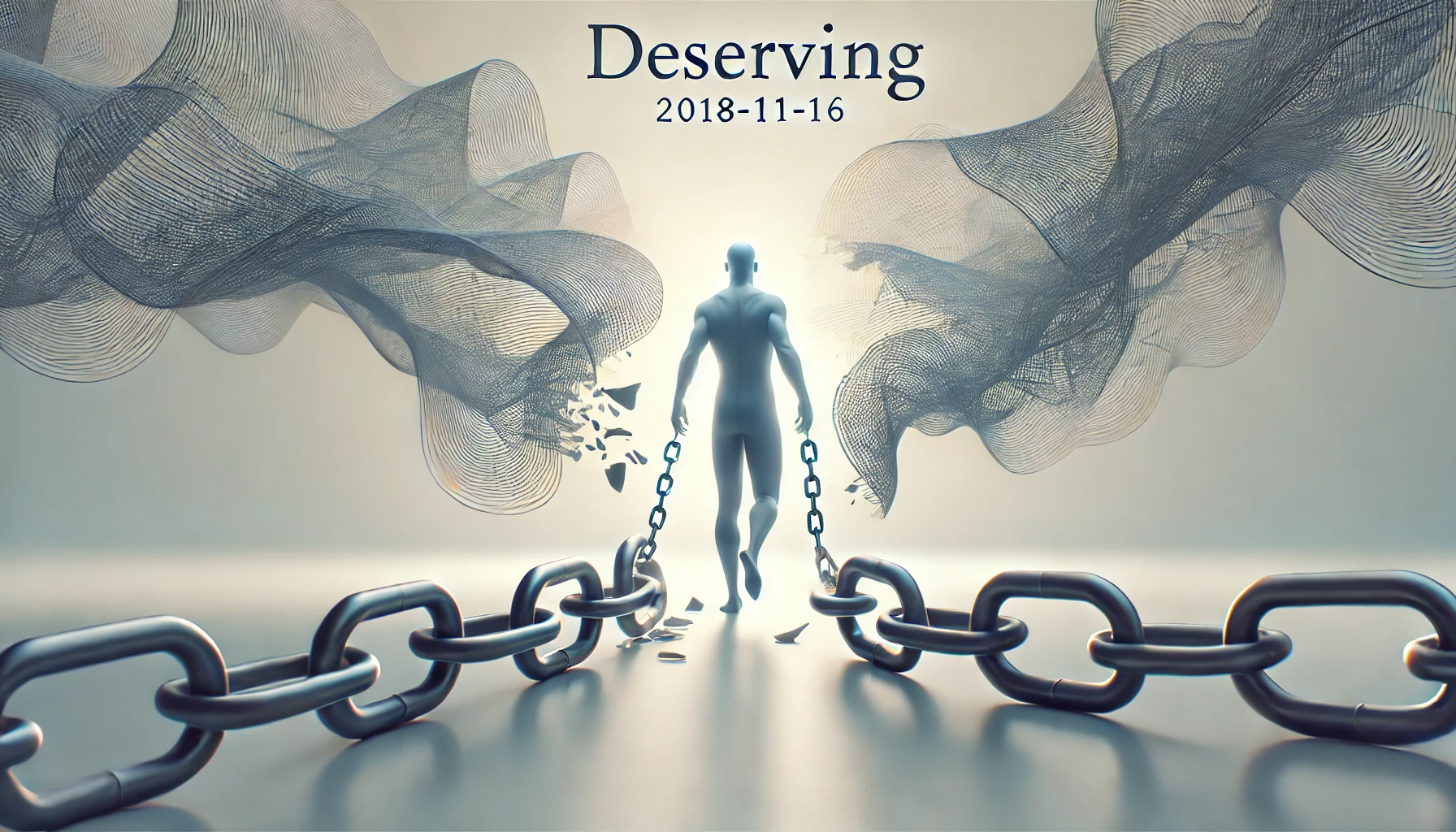



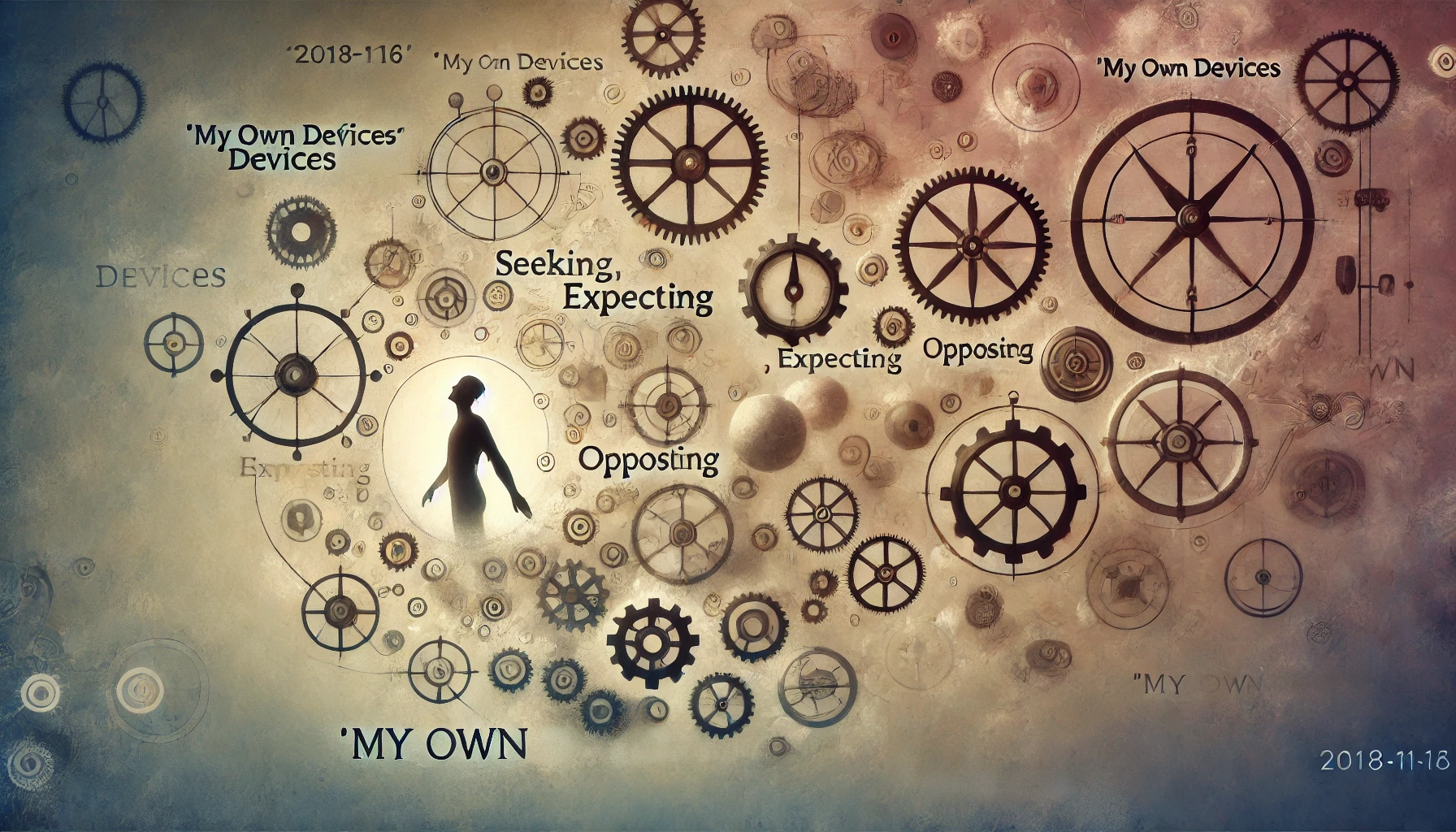

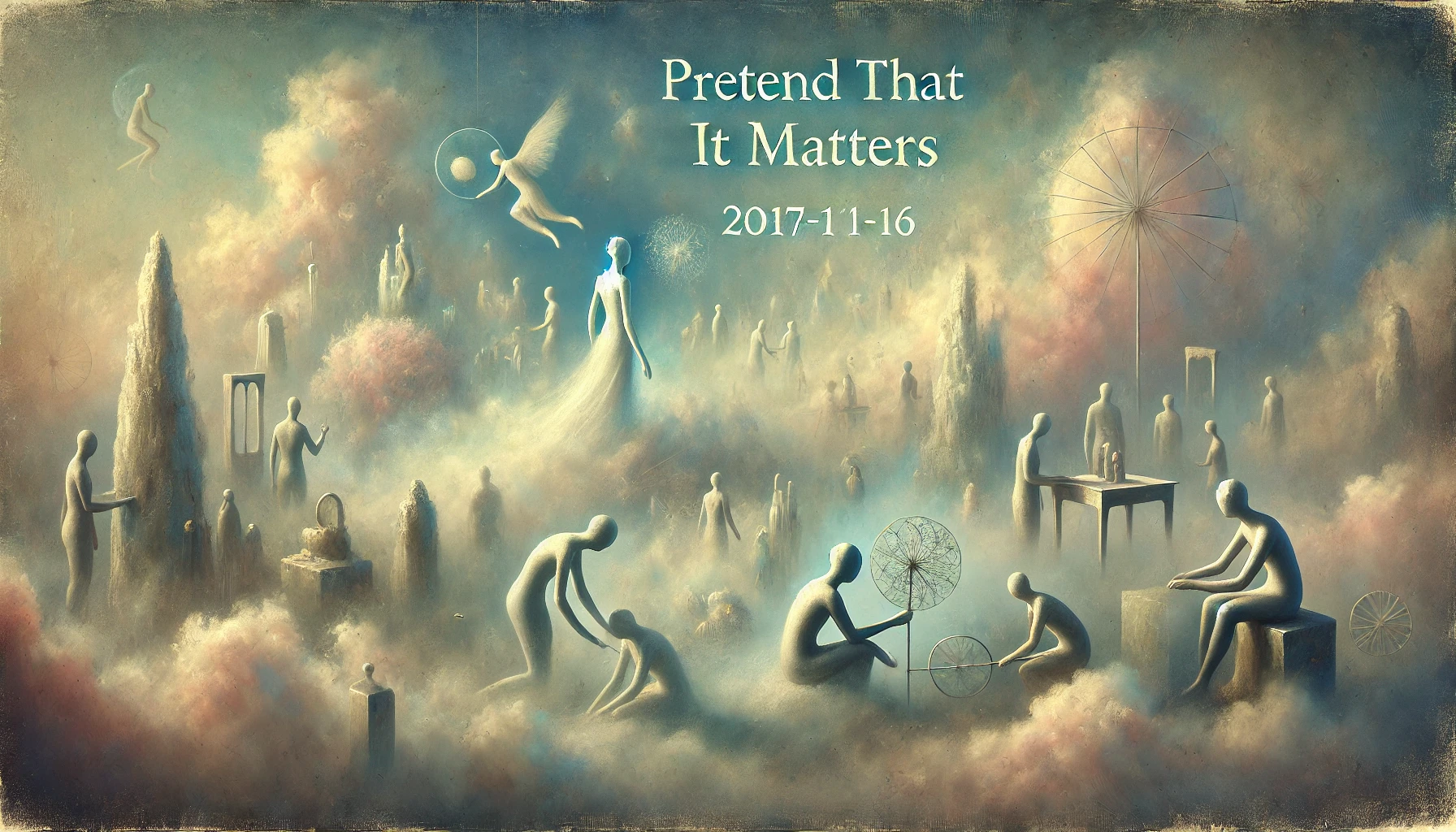

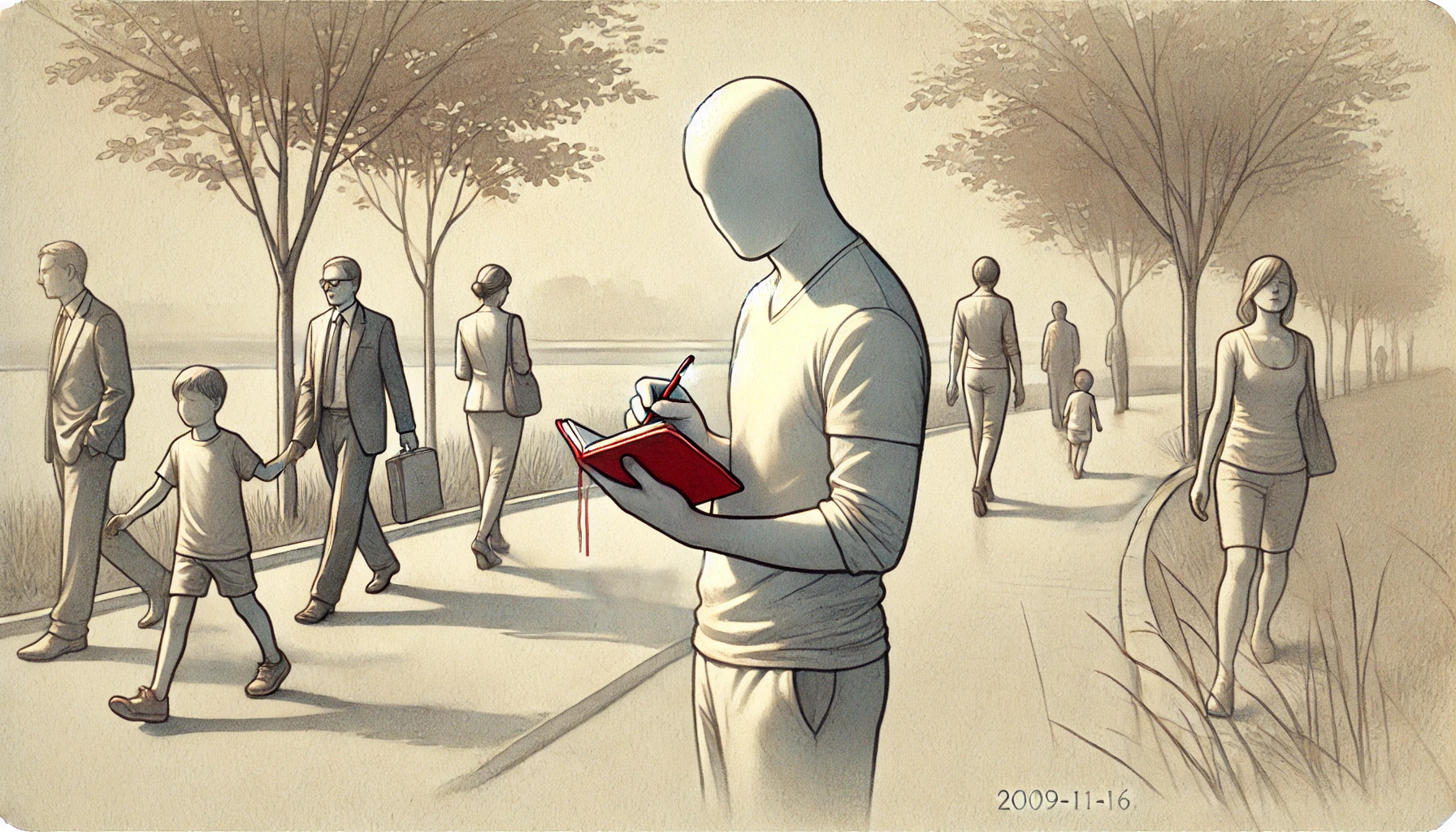
Leave a Reply